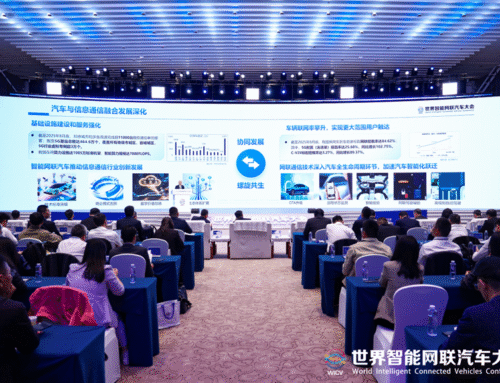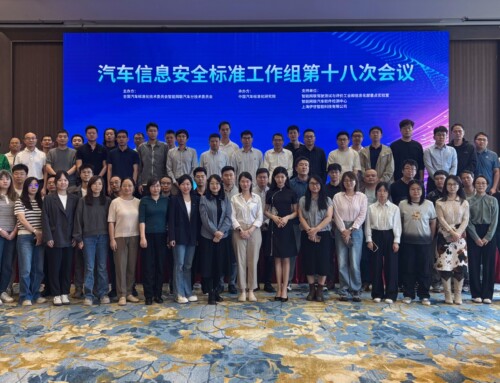On March 23, 2022, the National Development and Reform Commission (NDRC) and National Energy Administration (NEA) jointly issued the Hydrogen Energy Industry Medium and Long-term Development Plan (2021-35) (hereinafter referred to as “the Plan”).
The development objectives that specified in the Plan include:
- by 2025
– establishing a hydrogen energy supply system with hydrogen produced by: industrial by-products; nearby utilization of hydrogen produced from renewable energy sources
– the number of fuel cell vehicles to reach about 50,000
– building a number of hydrogenation stations
– hydrogen production from renewable energy to reach 100,000-200,000 tons per year: becoming an important part of the increase in hydrogen energy consumption
– achieving CO2 emission reduction of 1-2 million tons per year
- by 2030
– building a relatively complete technological innovation system for the hydrogen industry
– building a clean energy hydrogen production and supply system
- by 2035
– building a hydrogen energy industrial system
– building a diversified hydrogen energy application ecosystem covering: transport, energy storage, industry, other fields
- establishing an innovation system to support the high-quality development of the hydrogen energy industry
– advancing proton exchange membrane fuel cell tech innovation
– improving the reliability of fuel cells and conversion efficiency of hydrogen production from renewable energy
- advancing hydrogen infrastructure construction
– launching demonstrations of hydrogen production from renewable energy in areas rich in following resources: wind, solar. hydropower
– supporting the exploration and practice of various storage and transport methods
– improving the efficiency of high-pressure gas storage and transport: speeding up the reduction of storage and transport costs
- promoting diversified demo applications of hydrogen energy
– focusing on the application of hydrogen fuel cells in medium and heavy vehicles
– gradually expanding the application space of hydrogen fuel cells in other new energy passenger and cargo vehicles
- improving hydrogen development policy and guarantee mechanism
– standardizing the construction and management procedures for: hydrogen energy preparation, storage, transport, refueling
– implementing safety supervision responsibilities
– strengthening research on safety management systems and standards for hydrogen energy
– establishing and improving safety standards and norms for the whole hydrogen energy industry




